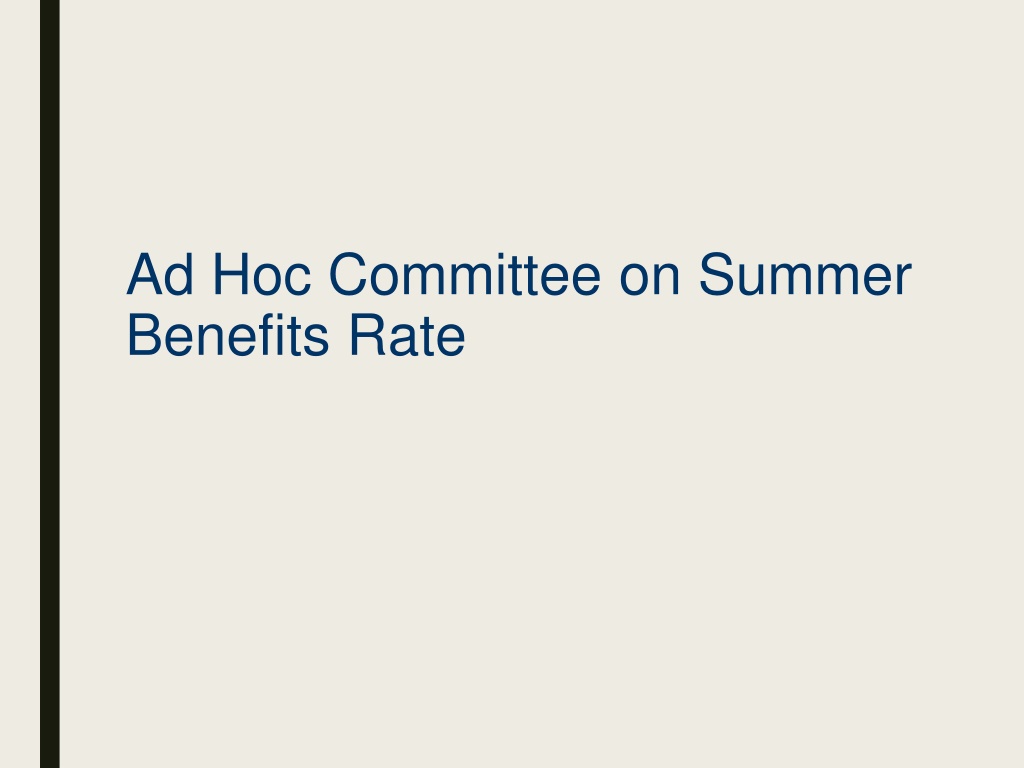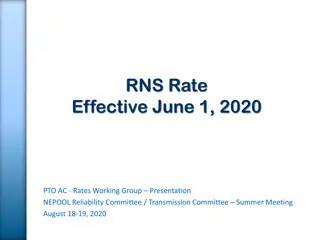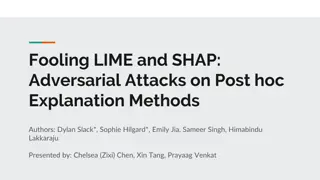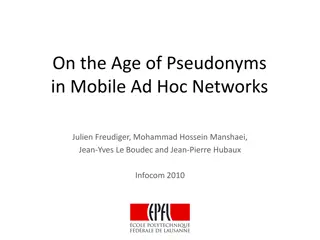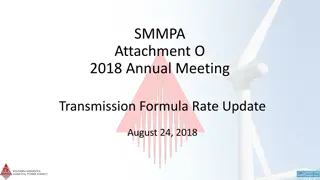Ad Hoc Committee on Summer Benefits Rate Summary
An Ad Hoc Committee was formed to address concerns raised by 9-month faculty regarding the full fringe benefits charged on their summer salaries derived from grants or contracts. The faculty feels that since benefits are paid during the academic year, charging them in the summer is unnecessary. The committee investigated the implications of the current policy, procedures, AU policy changes, and an escrow analogy to explain the situation. The AU fringe rate for FY 2017 was also calculated and discussed.
Download Presentation

Please find below an Image/Link to download the presentation.
The content on the website is provided AS IS for your information and personal use only. It may not be sold, licensed, or shared on other websites without obtaining consent from the author.If you encounter any issues during the download, it is possible that the publisher has removed the file from their server.
You are allowed to download the files provided on this website for personal or commercial use, subject to the condition that they are used lawfully. All files are the property of their respective owners.
The content on the website is provided AS IS for your information and personal use only. It may not be sold, licensed, or shared on other websites without obtaining consent from the author.
E N D
Presentation Transcript
Ad Hoc Committee on Summer Benefits Rate
Committee Charge (July 2016) Certain 9-month faculty charge extramural grants for the time they work on projects during the summer. There is a question about the charge for fringe benefits against those salaries since faculty believe that the benefits have been paid for during the normal course of the nine-month academic year. Determine if there are inappropriate charges being applied and if yes, how we might get this corrected. If no, develop an explanation of the current charges so that faculty can understand why they need to be levied.
Issue presented 9 month faculty concerned about full fringe (33%) benefits on summer salary 9 month salary derived from grants, contracts, or pools of funds from salary savings No notable communication about change in policy
Implications of the current policy for 9 month faculty Practically, 3 months with a 33% fringe rate is like earning 4 months of salary from grants Most grants limited to 1-2 months of salary in budget Management of multiple projects Reserve funds for salary also charged full fringe
Procedures Current AU policy Fringe practices at peer institutions Collect information Meetings Conclusions Budget services Summary Suggestions Committee discussions
AU Policy and when it changed Effective FY2010, fringe benefits became based on pooled rate rather than actual Pooled rate selected for ease of budgeting Employee portion of fringe paid coincident with pay schedule Employer portion paid over 12 months Source: Financial Liason meeting Aug 31, 2009.
Escrow Analogy University wide fringe is a pool funds similar to escrow account for real estate When the pool is overdrawn fringe rate is increased, decreased when running a surplus
AU fringe rate calculated as: FY 2017 Summary Rates Full-Time Part-Time Graduate 13.0% 6.8% 7.3% 0.1% 0.1% 0.2% 0.1% 2.9% 0.5% 0.1% 0.3% 0.1% 0.6% 32.0% 2.7% 6.7% 0.5% 0.0% 0.0% 0.1% 0.1% Retirement FICA/Medicare Health Insurance Life Insurance Long-Term Disability Worker's Compensation Unemployment Comp Retiree Benefits Employee Tuition Remission Sabbatical Pay Termination Pay Stop Loss Carry Forward Total Fringes 0.0% 5.4% 0.2% 0.6% -1.1% 9.6% 0.1% 5.6% *Provided by Larry Teeter *Provided by Larry Teeter
Do peer institutions reduced summer fringe rates? Most do not. UFL, UA, LSU UFL uses RCM and has pooled fringe; no reduction for 9 month faculty paid over summer Others had more complex calculations or fixed rate plus health care costs
Committee Discussion Appropriateness of full fringe Should the university reduce fringe rate on 9 month research faculty to incentivize grant writing? Faculty could invest fringe savings into their programs
Are these charges appropriate? Yes, in part. AU employer portion must be paid for 3 months for all 9 month employees If paid from a grant, there is likely a surplus going into the pool What if paid from reserve funds? Reserves are savings from previous scholarly activity Full fringe can depletes reserves between grants
Should the summer fringe rate change? ~200, 9 month faculty take summer salary A decrease for one group will increase the rate for everyone else Less funds paid into fringe would increase funds for research\scholarship
Conclusions Fringe rates are appropriate because university budgets are annualized and costs must be paid Communication about the change to a pooled fringe rate was poorly handled
Conclusions Pooled fringe rate is the best policy but with impacts on 9 month faculty the fund summer salary Should fringe rate on summer salary change to incentivize research?
